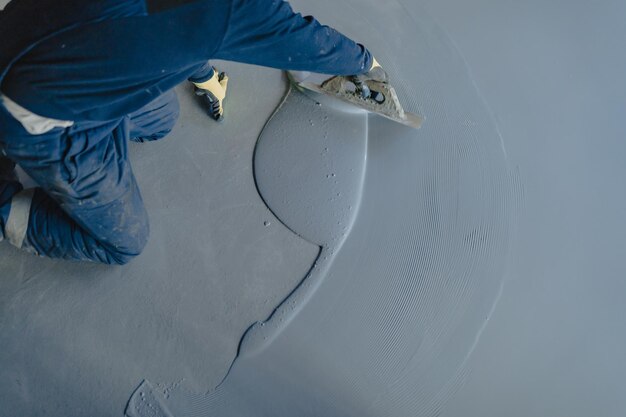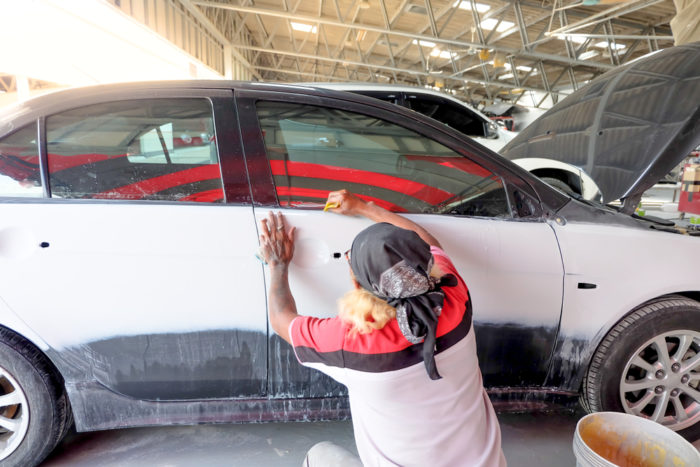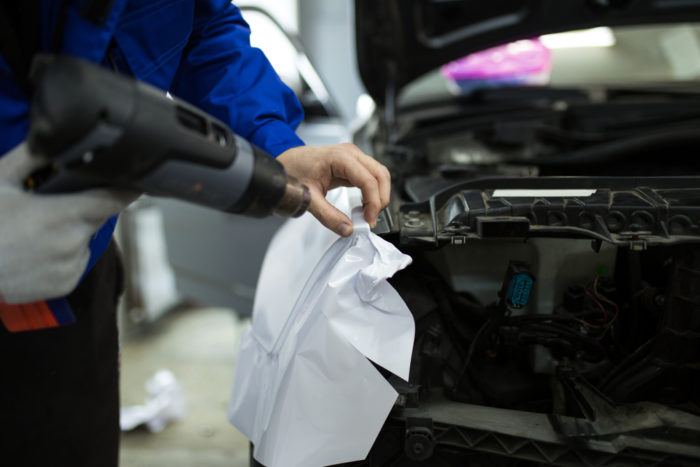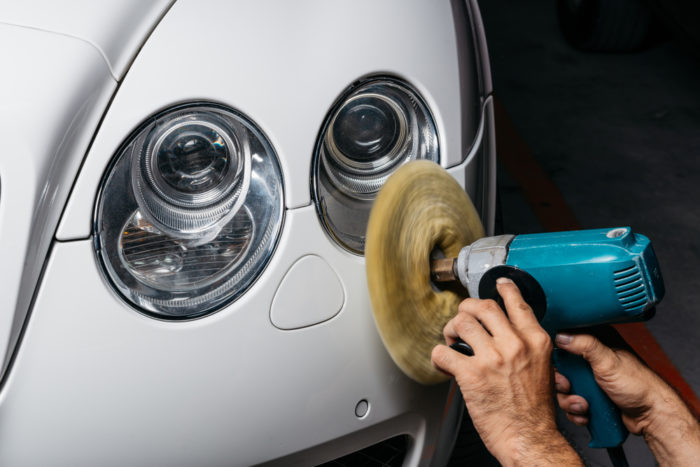What Is The Best Primer For Old Paint On Cars?

The best primer for old paint on cars depends on the condition of the existing paint and what you aim to achieve with your repaint job. Primers are for ensuring good adhesion of new paint, helping to fill in minor scratches or imperfections, and providing a uniform surface for the paint.
Here are some commonly used primers for cars with old paint, each suited to different situations…
- Epoxy Primer – Epoxy primers are excellent for their durability, corrosion resistance, and strong adhesion. They work well on bare metal and existing paint, making them a good choice for cars with some rust or where you’ve had to do metal work. Epoxy primer can serve as a great base for your subsequent paint layers.
- High-Build/Urethane Primer – If the old paint surface has minor scratches and imperfections, a high-build primer can be the best choice. It’s thicker than other primers and can be sanded down to a very smooth finish, creating an ideal surface for the final paint. Urethane primers also offer good durability and flexibility.
- Self-Etching Primer – This type of primer is great for providing excellent adhesion to metal surfaces. It’s particularly useful if you have to work on areas where you’ve gone down to bare metal, as it etches into the metal to form a strong bond. It’s generally used as a first layer, with another type of primer applied on top before painting.
- Primer Sealer – If the old paint is in good condition but you want to ensure a uniform surface and color for the new paint, a primer sealer can be applied. It helps to seal the old paint and create a barrier, which can improve the appearance of the new paint and help with color consistency.
The choice of primer also depends on the type of paint you plan to use afterward and whether the car will be exposed to harsh conditions or environments.
- Compatibility – Ensure that the primer is compatible with both the old paint and the new paint you intend to apply.
- Surface Preparation – Properly prepare the surface according to the primer manufacturer’s recommendations. This usually involves cleaning, sanding, and degreasing.
- Professional Advice – When in doubt, it’s a good idea to consult with a professional or the technical data sheets of the products you’re considering. This can provide guidance specific to your project’s needs.
Selecting the right primer is for a successful paint job, especially when dealing with old paint on cars. Each type of primer has its advantages, so consider your specific situation and the condition of the existing paint to choose the best option.





